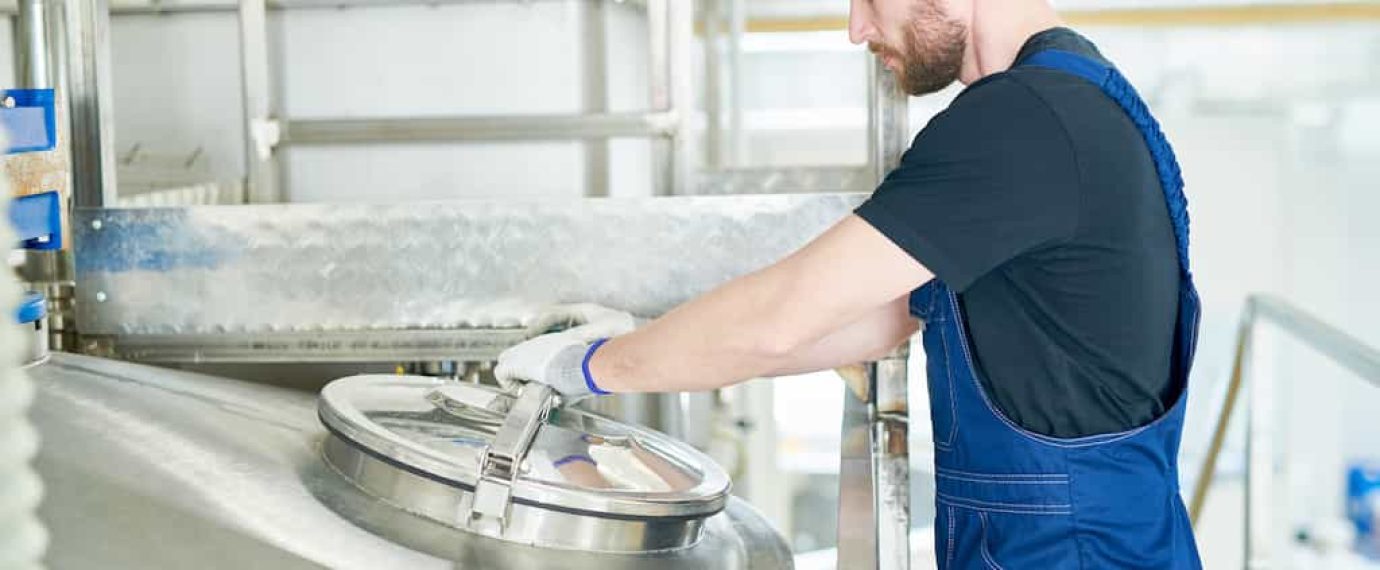Background
Hazardous materials storage reporting, or more commonly referred to as Tier II, is an annual report that was instated by the EPA through the Emergency Planning and Community Right-to-Know Act (EPCRA) under the Superfund Amendments Reauthorization Act (SARA) Title III in 1986. SARA Title III is a statute designed to improve community access to hazardous chemical information and facilitate the development of emergency response plans. Section 312 of the EPCRA requires the EPA to collect annual data from facilities that have hazardous chemicals on-site above certain threshold amounts at any one time. The report is submitted to the facility’s Local Emergency Planning Committee (LEPC), State Emergency Response Commission/Tribal Emergency Response Commission (SERC/TERC), and the nearest fire department on or before March 1.
Most states follow the federal reporting thresholds of ≥10,000 lbs for any “hazardous chemical” as defined in 29 CFR 1910.1200; or ≥500 lbs or the threshold planning quantity, whichever is lower, for extremely hazardous substances (EHSs) as listed in 40 CFR 355. However, the EPA authorizes state agencies to adjust or add to the federal chemical regulations as long as they still meet federal requirements. The following states and cities have adopted lower reporting thresholds which vary from state to state.
State Specific Reporting
Alaska – In Alaska, the lower thresholds apply to any quantity of a hazardous material identified in federal placarding regulations: Poison Gas Hazard Division 2.3 and Poisons 6.1, Explosives 1.1, 1.2 and 1.3 (excluding smokeless gunpowder, black powder, and ammunition), Flammable Solid Divisions 4.1, 4.2 and 4.3, and Radioactive Hazard Class 7. Additionally, any compressed gas must be reported at ≥1,000 cubic feet.
California – In California, the hazardous materials report is called a Hazardous Materials Business Plan and is significantly more in-depth than a standard Tier II report. The reporting thresholds for California are:
- 55 gallons (liquids)
- 500 pounds (solids)
- 200 cubic feet (compressed gasses)
- Any quantity of hazardous waste
Delaware – In Delaware, the reporting threshold is 55 gallons or 500 pounds for hazardous materials, whichever is lower, unless the Threshold Planning Quantity (TPQ) is lowest, in which case it must be used. The only chemicals with a 10,000-pound threshold are those which are used exclusively for heating the facility.
Louisiana – In Louisiana, the reporting threshold is 500 pounds for any hazardous materials unless the Threshold Planning Quantity (TPQ) is lower, in which case it must be used. In addition to the lower threshold, used oil must also be reported.
New Jersey – The hazardous material storage report for New Jersey is referred to as the Community Right to Know Program. New Jersey has instated its own EHS list to determine the chemical-specific reporting threshold. The list is also substantially larger than the federal list and includes a number of solids it has deemed “unusually hazardous substances.” Additionally, the state has a NAICS Code assessment and any facility that does not have a covered NAICS Code is exempt from reporting.
New York City (NYC) – The hazardous material storage report for New York City is also referred to as the Community Right-to-Know Program and must be completed in addition to the New York state report. New York City has its own EHS list with very low reporting thresholds. For any pure substance, if the CAS number is on the NYC EHS list and is stored over the threshold, it must be reported. However, if not on the list, federal thresholds apply.
Nevada – In Nevada, the hazardous material storage report is called the Community Right-to-Know Act. The reporting thresholds in Nevada are determined using the International Fire Code List (IFC). The different material types range from flammable materials to water-reactive materials and have thresholds ranging from 0 to 500 lbs. Also, no exemptions can be applied to a material that falls into one of the IFC categories. However, if a chemical does not apply to one of the IFC categories, then it follows Federal Tier II thresholds and federal exemptions apply.
Oregon – The reporting thresholds in Oregon are determined using a dual-level reporting system. Substances that are highly toxic or explosive apply to the Lower Reporting Levels (LRL).
- 5 gallons (liquids)
- 10 pounds (solids)
- 20 cubic feet (compressed gasses)
- Non-sealed radioactive: reportable at any amount
All other substances must adhere to the Upper Reporting Levels (URL):
- 500 gallons (liquids)
- 500 pounds (solids)
- 500 cubic feet (non-liquefied gases)
- 500 gallons (liquefied gases)
Vermont – In Vermont, the state-specific reporting thresholds are as follows:
- For all EHSs, as well as all other hazardous chemicals or substances and pesticides for which an SDS is required, the threshold is 100 pounds or the TPQ, whichever is lower.
- For all petroleum products and fuels, the threshold is ≥10,000 lbs
- Carcinogens must be reported at any amount
- Explosives must be reported at any amount
Summary
As this article illustrates, Tier II has a wide range of reporting thresholds around the nation with varying complexities. In addition to lower reporting thresholds, many states have specific requirements, such as providing a facility site map, a Facility Emergency Contingency Plan or an SDS for each product reported. Therefore, it is important that if your company has facilities in more than one state, you must check the reporting requirements for each facility and ensure that all state-specific items are being addressed.



